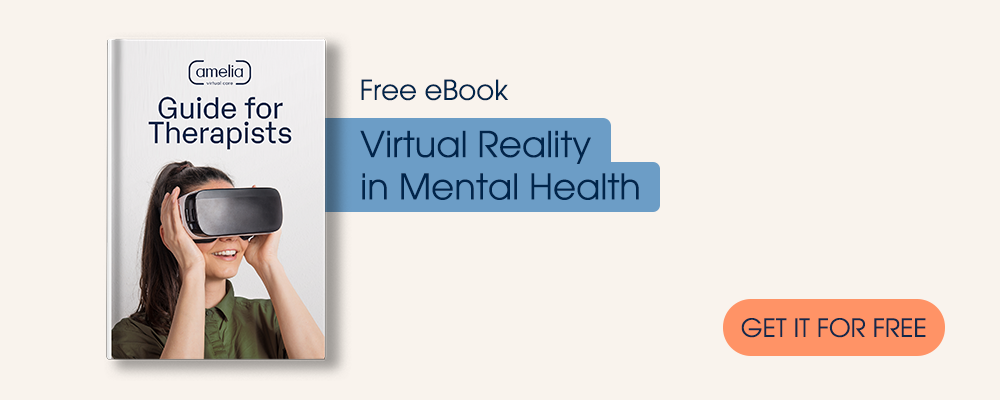Feeling nervous in social situations is very common, it happens to everyone at some point. For most people, once the initial nervousness wears off, they can enjoy themselves. But for others being around other people causes pervasive and severe anxiety and fear. This is known as Social Anxiety Disorder (SAD).
SAD, also known as social phobia, is a specific type of anxiety disorder that causes an intense fear of social settings. People who live with this condition often avoid social gatherings because they have trouble talking to people they don’t know and also people they are familiar with.
They’re also anxious about saying or doing the wrong things and are afraid of being judged.
SAD is often confused with shyness, but shyness typically doesn’t last very long, and it doesn’t affect a person’s ability to function at school, work, or out in the community. Also, SAD often prevents those that live with it from developing close relationships with people outside of their immediate family.
Symptoms of social anxiety disorder
SAD has many of the same physical symptoms of generalized anxiety disorder, such as:
- Rapid heart rate
- Excessive sweating
- Trembling
- Panic attacks
- Flushed skin
People with social anxiety disorder often decline invitations and avoid events whenever they can. If they can’t avoid an event, they spend days or weeks worrying about it, often losing sleep thinking about it.
Since school and work involve many social interactions, people who live with SAD will often skip school or miss work to prevent encounters they know will cause them anxiety. People who have SAD are often at higher risk for substance use disorder because they may start relying on alcohol or recreational drugs to get them through social events that they can’t avoid.
What triggers social anxiety
Researchers believe that social anxiety disorders are caused by a combination of environmental factors and genetics. Anxiety disorders tend to run in families, but it’s still unclear whether genetics play a part or the fears are learned behaviors from traumatic experiences such as domestic violence, bullying, or physical and sexual abuse.
People who live with SAD can experience it in different ways, but the most common situations they have trouble with are:
- Making eye contact
- Speaking to strangers
- Initiating conversations
- Speaking in public
- Entering rooms full of people
- Using public restrooms
- Eating in front of others
- Going to school or work
- Attending parties
Avoiding most or all social situations can have adverse long-term effects on personal relationships and lead to severe depression, low self-esteem, and poor social skills if the SAD goes untreated.
What are the best solutions for social anxiety disorder?
SAD is a debilitating condition, but fortunately, there are several treatment options. The most common types of treatment are cognitive behavioral therapy, exposure therapy, and group therapy, but the use of virtual reality is becoming more widely used and recognized as an alternative solution or supplement to traditional therapy sessions.
Cognitive-behavioral therapy teaches people how to manage anxiety by replacing negative thoughts with positive ones and how to control them with breathing exercises and relaxation techniques. Exposure therapy works on easing people who struggle with SAD into social situations gradually so they’ll stop avoiding them altogether. Group therapy allows those with SAD to interact with people who share the same anxieties and fears. It can help them feel less alone while practicing social skills in a safe space with others who struggle with the same issues.
VR therapy has been proven to reduce symptoms of social anxiety and improve the quality of life for those who live with SAD. A study in the British Journal of Psychiatry showed that using VR could have advantages over standard cognitive behavioral therapy because people were less likely to avoid treatment. It is also an efficient, cost-effective, and practical way to expose patients to the social situations that they’re afraid of.
Amelia Virtual Care offers social anxiety VR environments that allow patients to work on social interactions, cognitive restructuring, and social skills training. This environment also allows clinicians to evaluate their patient’s social skills. In addition, these environments let patients engage with different communication styles while practicing listening skills and learning how to interact with various personalities.
Are you interested in learning more about our VR environments and how they could benefit your patients? Contact us. We’ll be happy to answer any questions you may have and set you up with a free demo!
Other articles that might interest you:
- 5 things you should know about Prolonged Exposure Therapy
- How to manage Acrophobia: The Fear of Heights
- Virtual Reality on Preoperative Anxiety













